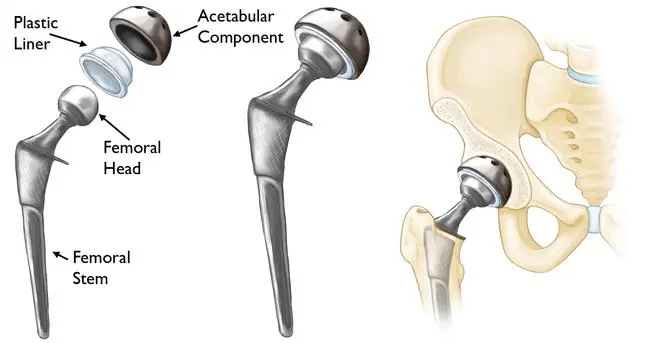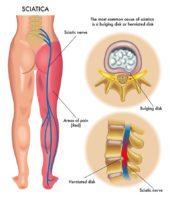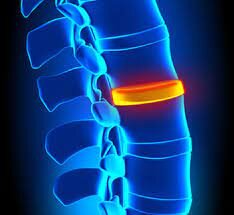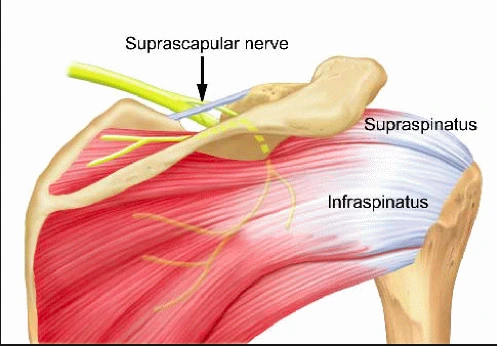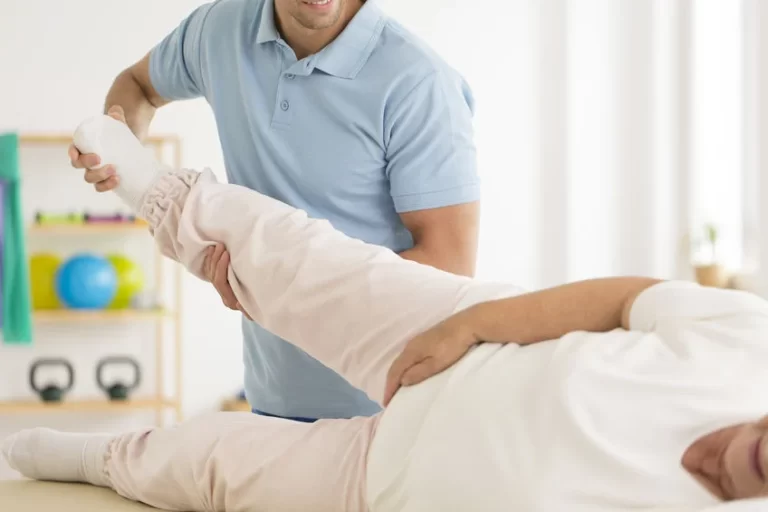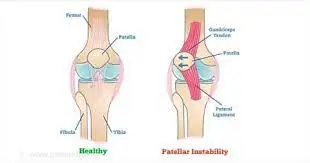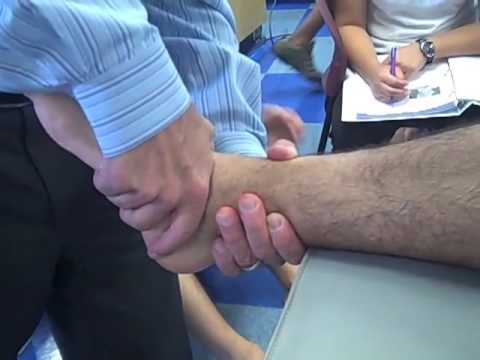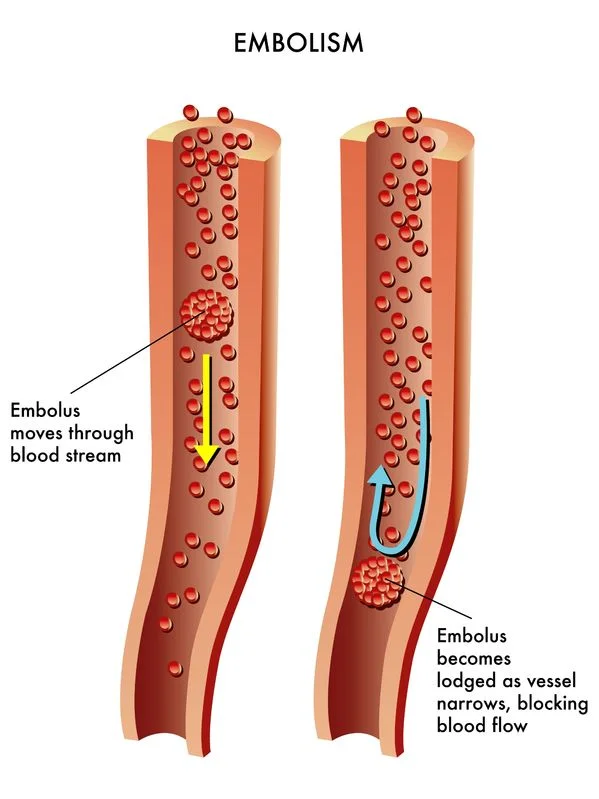Total Hip Replacement
Introduction: Total hip joint replacement is a surgical procedure in which a damaged or diseased hip joint is replaced with an artificial joint, also known as a prosthesis. The procedure involves removing the damaged parts of the hip joint and replacing them with components made of metal, plastic, or ceramic materials. Total hip joint replacement…

